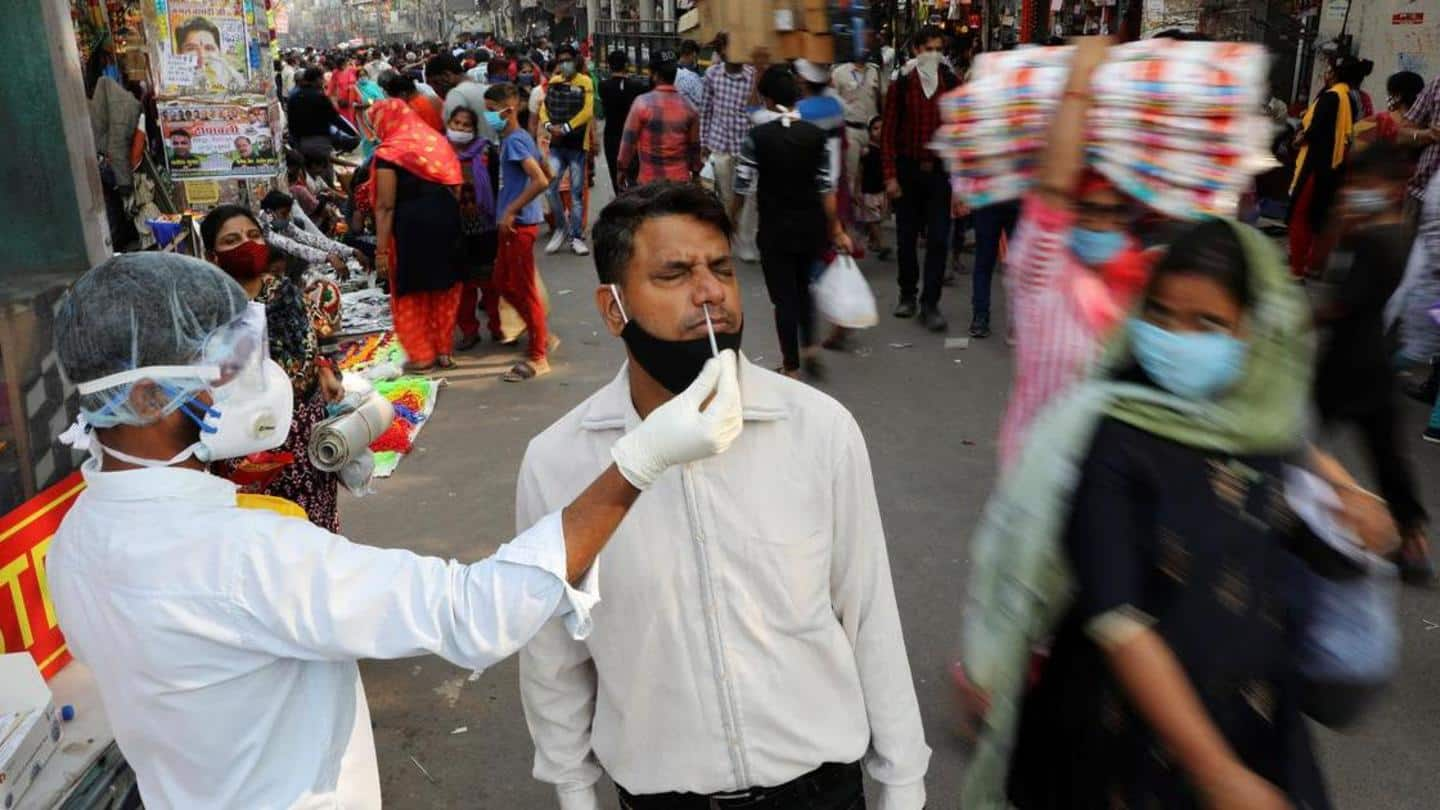
Why India's second COVID-19 wave may be worst than first
What's the story
India witnessed a surge of over 62,000 fresh coronavirus cases on Friday—the highest single-day spike since October 16—indicating it is in the midst of a second COVID-19 wave, which could last until May end.
The rate at which cases are rising in this wave is extremely concerning. To note, the daily count has more than doubled to 62,267 from less than 30,000 just 10 days ago.
Here's more.
Rate of infection
Comparing rise in infections in second wave with the first
During the first wave, India took 23 days to get from 30,000 to 60,000 cases a day; the number of cases peaked in mid-September followed by five months of decline in infections.
Earlier it was expected that the second wave would be short-lived with comparatively lower peaks. However, looking at the rate of infection now, experts feel the September peak could be surpassed easily.
Second wave
Second wave likely to surpass first wave's peak in April
The second wave of the coronavirus pandemic surging through the country is likely to reach its peak in the second half of April and could last till the end of May, say experts.
So far, Maharashtra—where the situation is quite alarming—majorly contributed to the rise of the fresh wave, while states like Gujarat and Punjab also saw their highest single-day spikes ever on Friday.
Higher concentration
Higher concentration of infections in Maharashtra is concerning
Apart from the speed of cases, another striking feature of this wave is higher concentration of infections in certain states.
Maharashtra has been accounting for nearly 60% of India's daily new cases; it also accounts for over 60% of total active cases. Though it's been a major contributor during the first wave, too, its daily count never even touched 40% of India's daily tally.
States
Infections in different states might peak at different times
While Andhra Pradesh, Karnataka, and Tamil Nadu also started witnessing substantial spikes, interestingly, three populous states—Bihar, Uttar Pradesh, and West Bengal—as well as Odisha and Telangana seem largely unaffected by the second wave.
However, this doesn't necessarily mean these states are immune to the fresh wave; it's possible that infections in different states might peak at different times, as seen in the first wave.
Consolation
Plus point: Healthcare infrastructures not as overwhelmed as last time
However, the one consolation this time is that the healthcare infrastructures in Maharashtra and most states aren't so far overwhelmed the way they were during the first wave.
The medical facilities built last year, the experience gained by health professionals in dealing with the surging infections, and other arrangements made since the beginning of the pandemic have played a major role in this.
Expectation
Spread of infections high despite massive vaccination drive
Another concerning aspect is, the government's massive COVID-19 vaccination drive seems to have little effect on reducing the spread of infections during the second wave.
While there's no clear indication about when this wave would end—with more people getting inoculated and a large chunk of the population having been infected already—it is expected that the second wave would last shorter with relatively milder infections.